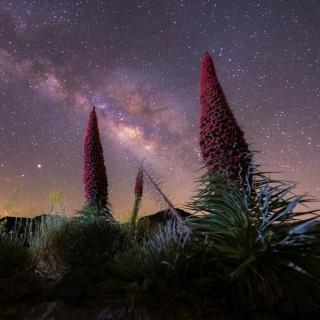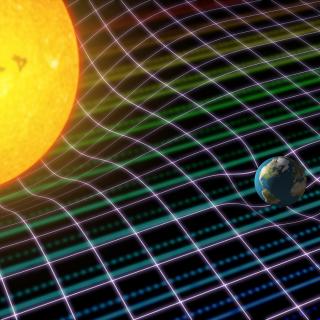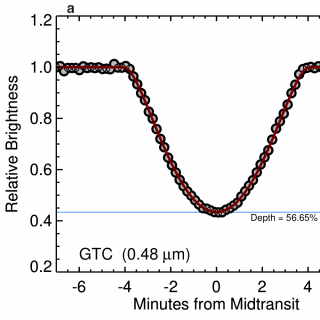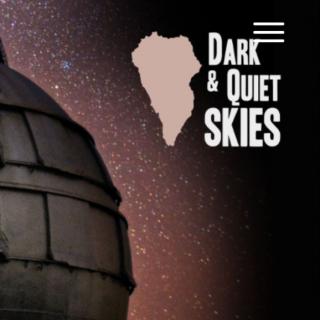
Science magazine, in a special collection on asteroid Bennu, has published the results of the analysis of photometric-spectrum color variations on the surface of this extremely interesting asteroid, captured by the NASA OSIRIS-REx spacecraft. Thanks to these results, researchers proposed a model to explain the effects of “space weather” on materials similar to carbonaceous chondrite meteorites. They concluded that some of the heterogeneity observed on the surface of Bennu is due to space weathering and some is inherited from Bennu’s parent asteroid. Juan Luis Rizos, Eri Tatsumi, Javier
Advertised on




